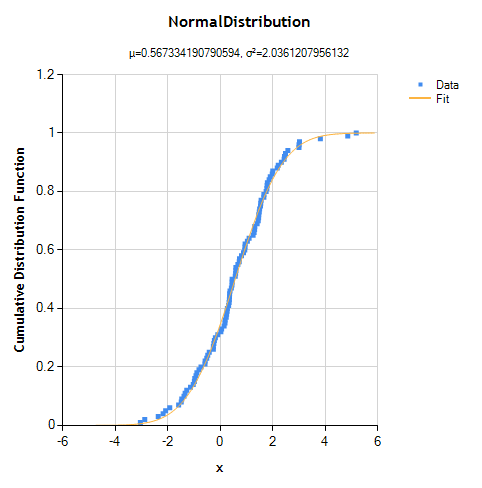NMath license information is stored in a license key which must be found at runtime. When you purchase one or more developer seats of NMath, you will be issued a license key describing the terms of your license.
If no license key is found at runtime, a default evaluation license key is used which provides a free 30-day evaluation period for NMath on the current machine.
Three mechanisms are supp...
Read More
Read More

